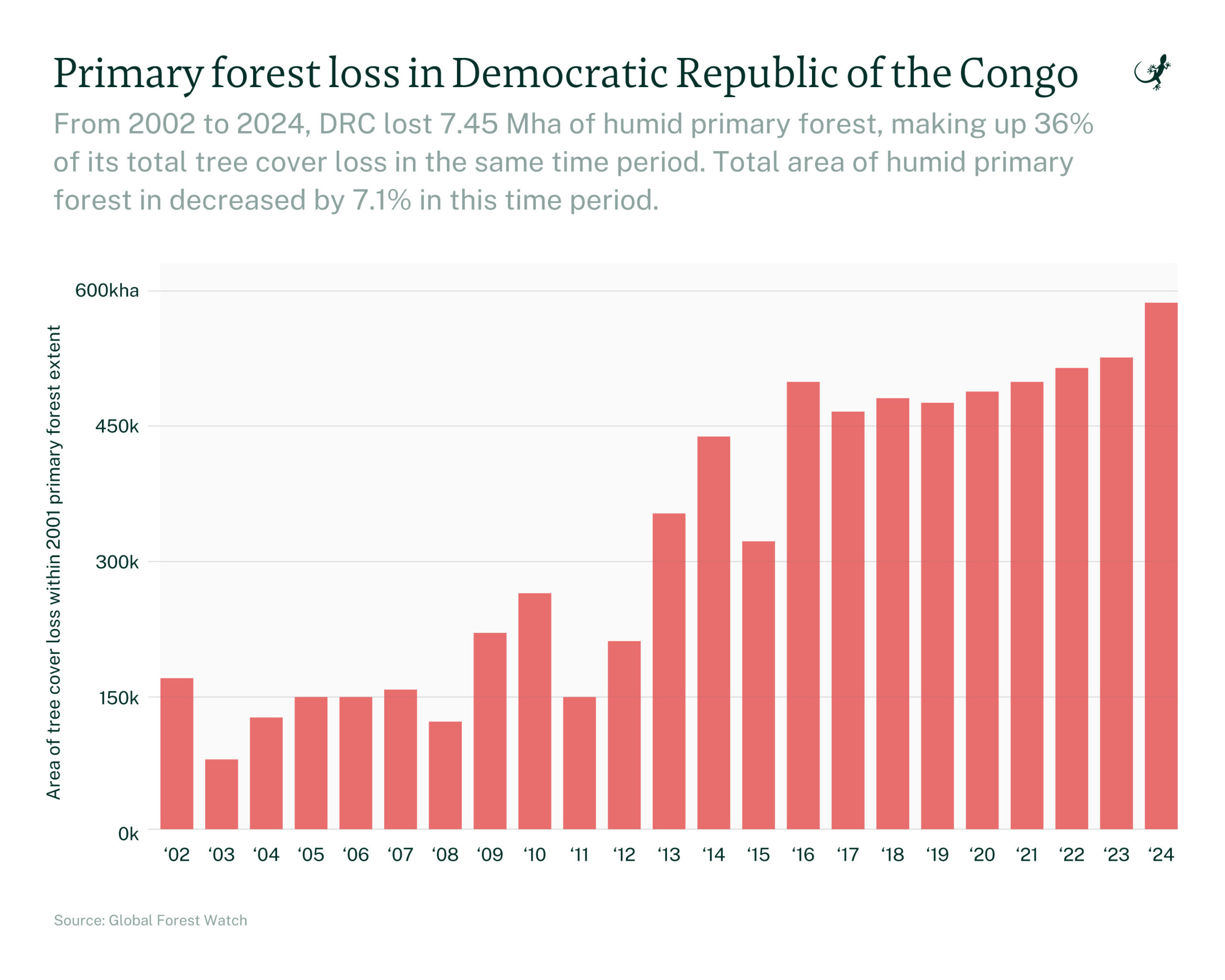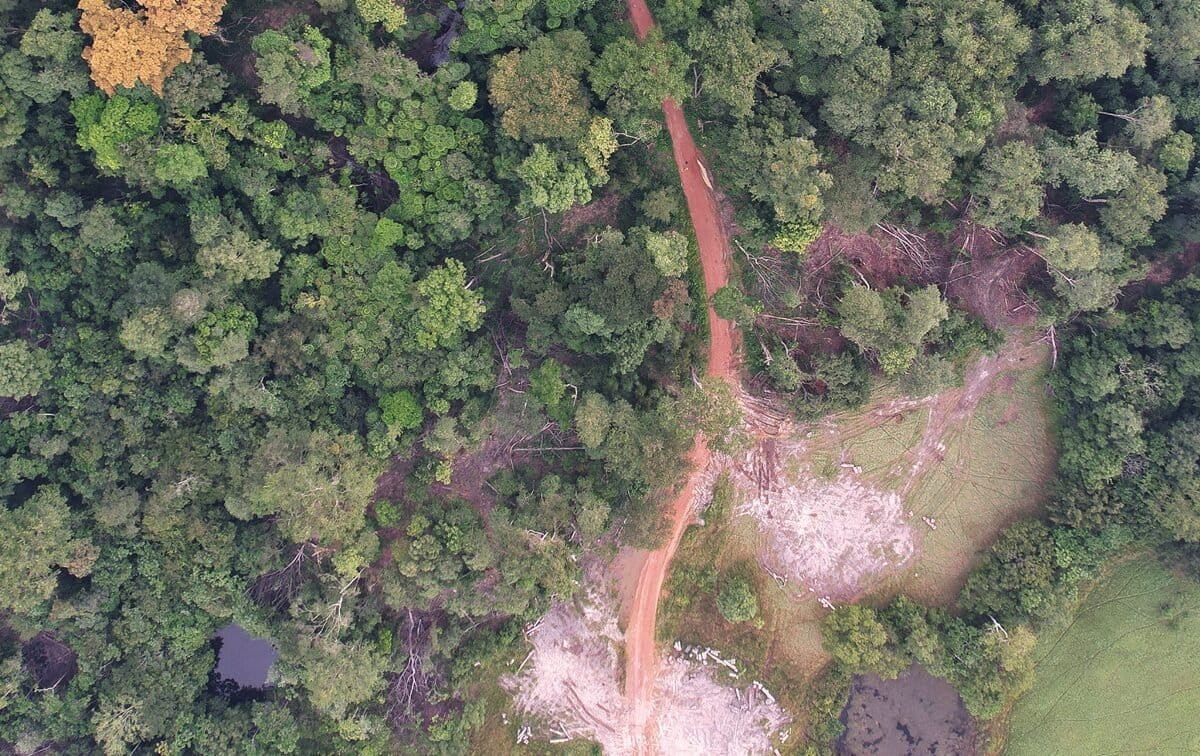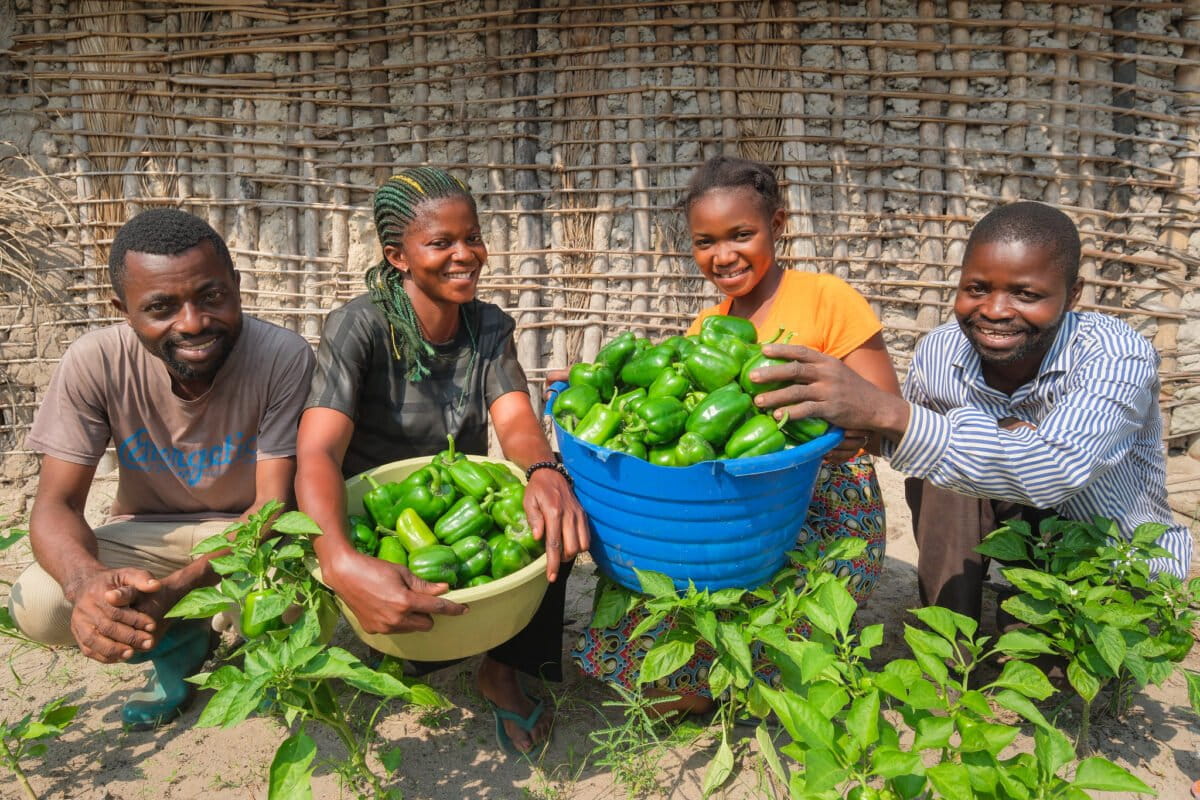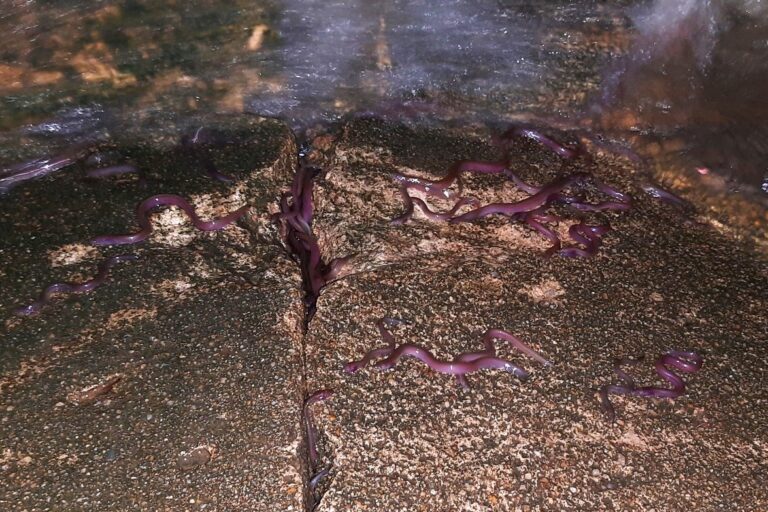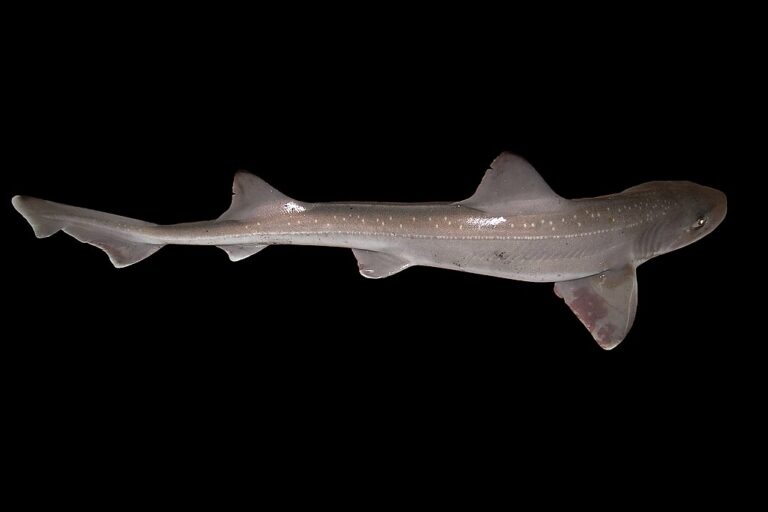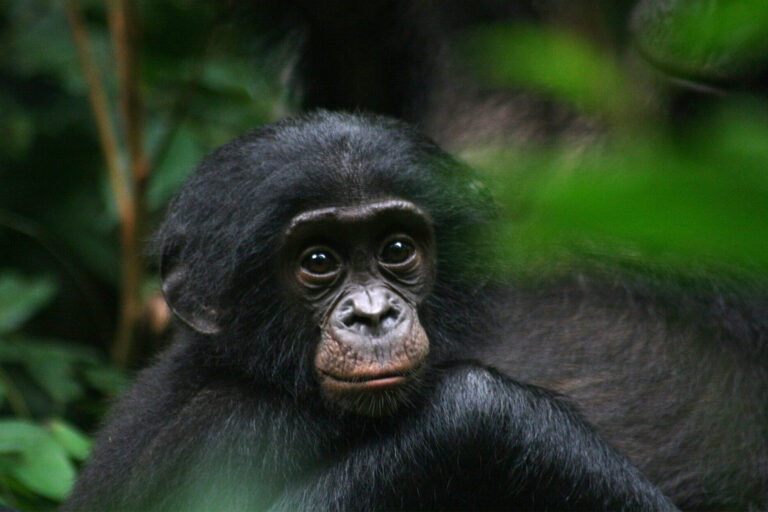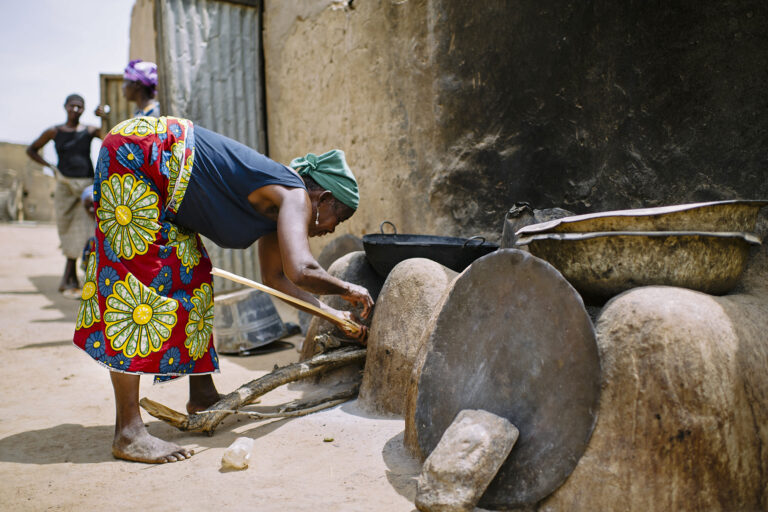- In 2024, the DRC experienced an uptick in primary forest loss, with 590,000 hectares of forest lost, according to satellite data visualized on Global Forest Watch.
- Subsistence agriculture continues to be the main driver of forest loss, with recent research finding artisanal mining in the eastern DRC results in more forest loss than researchers previously thought.
- Wildfire emerged as a growing concern in the DRC in 2024, and data suggest fire activity may have have intensified further in 2025.
- Escalating conflict and insecurity in the eastern DRC also put increasing pressure on forest resources.
Africa’s great Congo Basin rainforest, often called the Earth’s second lung, covers an area about the size of India.
Millions of people depend directly on the forest for food, energy and income. It is home to our closest relatives and some of the planet’s most threatened wildlife — gorillas (Gorilla sp.), chimpanzees (Pan troglodytes), bonobos (Pan paniscus), okapi (Okapia johnstoni), forest elephants (Loxodonta cyclotis) and more. The humid forest with towering trees and extensive peatlands also helps regulate our global climate, taking in greenhouse gases emitted far beyond the forest’s borders.
Sixty percent of the Congo Basin rainforest lies within the Democratic Republic of Congo (DRC), and around 70% of the DRC was covered in natural forest as of 2020, according to data visualized on the Global Forest Watch (GFW) platform. From 2002 to 2024, the DRC lost 7.1% of its forest cover, according to GFW satellite data, and experienced the third-largest absolute amount of primary forest loss globally, behind Brazil and Indonesia. (This estimate may be conservative and the actual amount even higher, according to GFW, as previous methods it had used to measure tree cover loss between 2001 and 2015 likely led to underestimations.)
Annual primary forest loss in the DRC grew steadily over the past five years and spiked to a record high of 590,000 hectares (1.5 million acres) in 2024, according to GFW data. That’s up from 530,000 hectares (1.3 million acres) of primary forest loss in 2023 and 510,000 hectares in 2022.
The data show total tree cover loss, which includes primary and secondary forest as well as tree plantations, also increased slightly, with 1.38 million hectares (3.4 million acres) lost in 2024, up from 1.33 million hectares (about 3.3 million acres) in 2023.
Tshopo province, which lies completely within the Congo Basin rainforest, had the highest absolute amount of overall tree cover loss, at 1.93 million hectares (4.8 million acres), of which 63,000 hectares (156,000 acres) were primary forest, according to the data. Neighboring Sankuru province had the second-highest amount of overall tree cover loss, at 1.4 million hectares (3.5 million acres), followed by Maniema province at 1.39 million hectares (3.4 million acres).
Analysis by U.S.-based World Resources Institute (WRI) found that deforestation also intensified in the eastern part of the country, including around the city of Beni, as well as in its central portion.
Shifting cultivation, also called “slash-and-burn” agriculture, remains the main driver of forest loss, says Bora Masumbuko, DRC country manager for WRI. There’s also a high demand for charcoal for cooking, as only 10% of the DRC population has access to electricity, she adds. The demand for food and energy, and resultant forest loss, is particularly acute around large cities like Kisangani and Lubumbashi, Masumbuko says.
Wildfire emerged as a growing concern in 2024, with data showing a record 95,399 hectares (235,736 acres) of forest lost in the DRC due to fires. That’s in line with global trends of increasing wildfires, although the situation is not yet as extreme as in South America, Masumbuko says. Satellite data from the U.S. National Aeronautics and Space Administration (NASA) show fire activity intensified further in 2025.
Many of the fires occurred in the western provinces, says Masumbuko, including areas home to the Cuvette Centrale, a massive 145,529-square-kilometer (56,189-square-mile) peatland the DRC shares with the Republic of Congo, which is a major carbon store. These areas are also vulnerable to agriculture, as well as overlain by oil blocks earmarked for petroleum exploration and extraction, Masumbuko says.
Farmers in the DRC commonly use fire to prepare fields for cultivation. But in dry, windy conditions, the flames can quickly spread and burn out of control. Masumbuko says the growing wildfire risk means there’s a need for better fire management plans as well as greater sensitization to the dangers of runaway fires.
Analysis by WRI found forest loss in community forests (CFCLs), a zonation that gives communities legal rights to land, was 6.12% between 2015 and 2024, compared with a loss of 6.64% in forestry concessions. Protected areas lost 2.44% of their total forest cover in the same period. In all three land use types, forest loss reached record highs in 2024.
“There is really a need for enforcement, for strengthening legal frameworks, for really enabling policies and empowering local communities,” Masumbuko says, adding that updated management plans are needed as well.

Eastern DRC has abundant critical minerals, including coltan, cobalt and copper, as well as gold. Researchers say mining and conflict, including the resurgence of the March 23 Movement (M23) rebel group, continue to add complexity to patterns of forest loss and inhibit conservation efforts in the region.
Mining can cause forest loss both directly, when forests are cleared to access minerals and indirectly as the influx of miners to an area leads to greater demand for forest resources like charcoal, food and lumber, and land for settlements.
These impacts can be challenging to measure. A 2024 Nature Sustainability study finds that artisanal and small-scale mining operations (in which minerals are extracted by independent miners using basic tools) account for at least 6.6% of deforestation in the eastern DRC between 2001 and 2020, which is higher than previous estimates. The study finds that direct and indirect impacts lead to deforestation up to at least 5 kilometers (3.1 miles) from mine sites.
“The obvious thing is that for establishing mines, you need to clear vegetation … but this area is usually rather small if you compare it to all the effects or other things that happen in terms of human activities around the mines,” says Malte Ladewig, a researcher at the Norwegian University of Life Sciences (NMBU), and first author on the study.
Patterns of forest loss vary, according to Ladewig. He says that when minerals are discovered in a previously unexploited region, thousands of miners may rush to the area in just a few weeks; those areas may then be quickly abandoned. Or, Ladewig says, if the mineral resource is more substantial, towns may develop around the mining site, along with associated economic activities including farming, leading to more sustained and extensive deforestation.
The study found that indirect deforestation, mostly caused by increased agriculture around mines and, to a lesser degree, clearing for settlements, was 28 times higher than the land cleared for the actual mine site. Artisanal mining leads to an additional 4% of forest loss after 10 years within 5 km of the mine site, the study found.
The researchers also found more mine sites than they expected, Ladewig says. The International Peace Information Service (IPIS), a research institute based in Antwerp, maintains an open data dashboard of artisanal and small-scale mining in eastern DRC. However, Ladewig said their fieldwork uncovered more mining sites than the dashboard indicated, suggesting that mining — and the resultant deforestation — is more extensive than researchers previously believed.
Ladewig and his colleagues also looked at the impact of artisanal mining on the economic security of individuals and communities. People resorted to mining when they did not have other options, Ladewig says. While mining led to short-term gains, in the long run, higher reliance on mining took people away from farming, with negative impacts on food security, according to a July Resources Policy study of which Ladewig was lead author.
“When we talk to the miners … they were not much better off than other households,” Ladewig says.
Conservationists say semi-industrial mining is also leading to forest loss and environmental pollution in eastern DRC. In the northeastern province of Haut-Uélé, semi-industrial mining linked to Chinese-owned companies has “devastated” more than 250 kilometers (155 miles) of watercourses, according to a report by PAX, a Dutch nonprofit, and posted on their website in September. PAX and IPIS researchers identified areas where mining activities had led to the excavation of 50- to 200-meter-wide (160-650-foot) swaths of riverbanks, extending up to several kilometers; in other places, channels had been completely rerouted. This resulted in large areas becoming flooded, while roads leading to mine sites caused further deforestation, according to the report.
Simon Schweitzer, an IPIS GIS analyst who was involved in satellite imagery analysis for the PAX report, says dredges used in semi-industrial mining “more or less just vacuum the whole riverbed,” leading to extensive and lasting damage. These mining operations also leave behind toxic tailings ponds, which are a hazard for both people and wildlife, he adds.
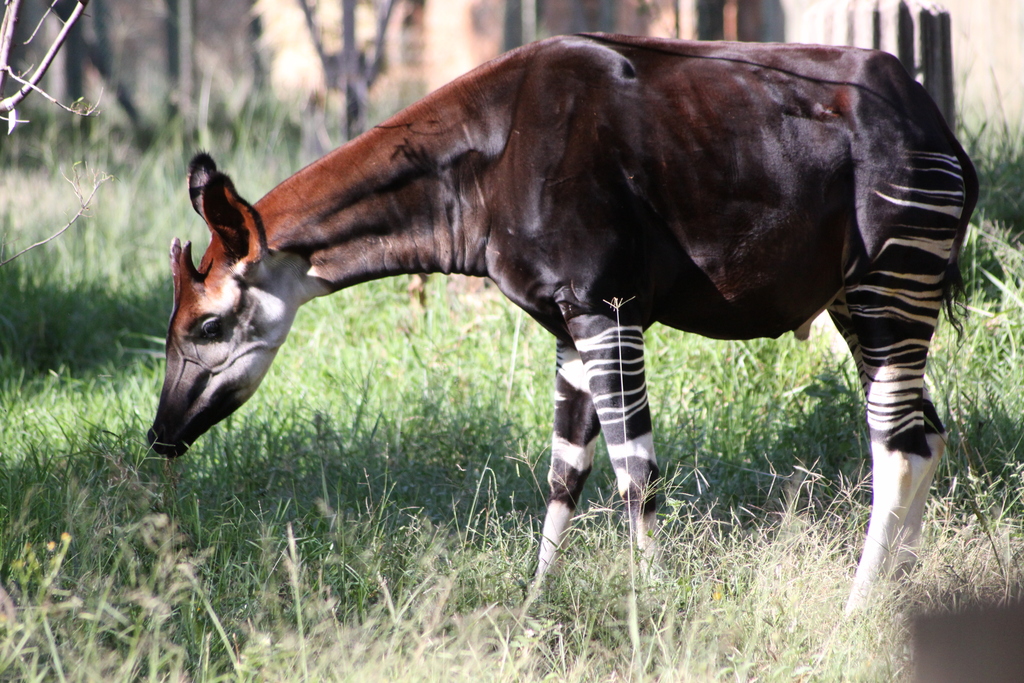
Conflict in eastern DRC with the resurgence of M23 and the resultant rise in internally displaced people continues to put pressure on forest resources, including in Kahuzi-Biega and Virunga national parks, says Fergus O’Leary Simpson, a postdoctoral researcher at UCLouvain in Belgium, and formerly a post-doctoral researcher at the University of Antwerp.
In 2023 two large ports were established on the shores of Lake Kivu, adjacent to Kahuzi-Biega National Park, Simpson says. Every week, several passenger ferries fully loaded with charcoal and timber travel to the city of Goma — whose population has swelled to more than 2 million with the influx of internally displaced people — while trucks also carry charcoal and timber to the town of Bukavu, he says.
In an analysis published by Mongabay earlier this year, Simpson and other researchers
found annual tree cover loss within the area of the park where illegal charcoal production is focused more than doubled in 2023, following the establishment of the ports, compared with the average for the previous three years. The analysis, which utilized the same data sets visualized on GFW, showed tree cover loss continued through 2024, and in 2025 began to spread into new areas. (Simpson and his co-authors are not affiliated with GFW.)
“Every year I’ve gone back, you just see another whole region has been destroyed. And this is continuing very much at an accelerated rate in 2025 with the deteriorating security situation,” Simpson says.
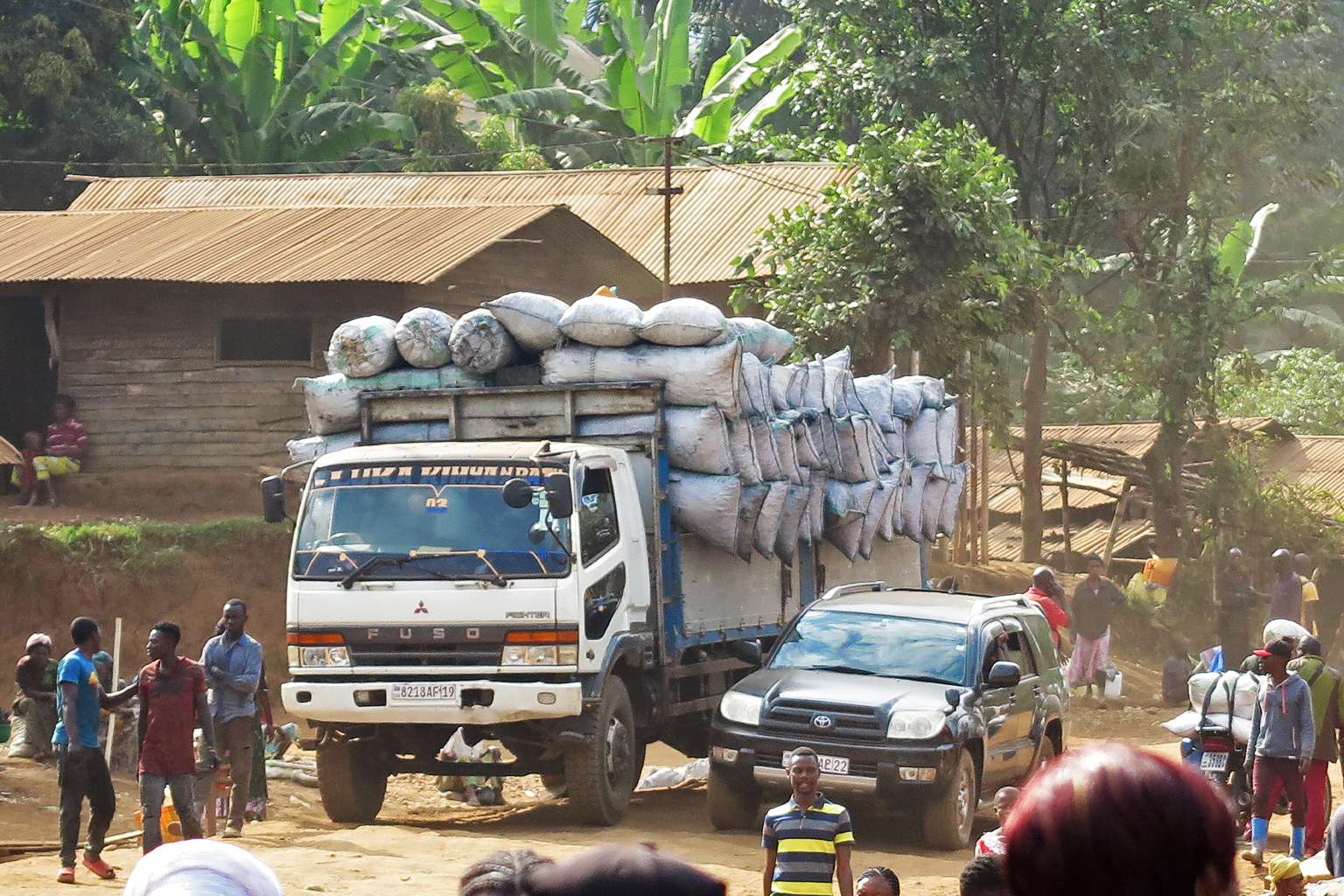
The situation is similar in Virunga National Park. The researchers found that tree cover loss within the charcoal production zone in Virunga’s southern sector, which is close to Goma, spiked in 2023 with a rise in the number of internally displaced people.
This rise puts more pressure on forest resources, a situation not easily resolved, given the dire humanitarian situation, he adds.
“These are people who literally have nothing, and they need shelter, they need agricultural land,” Simpson says. “If I was displaced, if you were displaced, and we were living at the edge of the protected area, we would go into it, [if it meant we] could feed our children.”
On July 19, representatives of the DRC government and M23 signed a ceasefire agreement; on Nov. 15, both parties signed a framework agreement for a peace deal. While conservationists say they hope ending the conflict will help restore security and reduce deforestation, Simpson also notes that changing international politics could make things difficult for conservation, even once peace is attained.
“The international context has all changed. Foreign aid, these are like dirty words,” Simpson says. “So even if the situation stabilizes, is there going to be that international appetite to provide financial and other forms of support to prioritize conservation in the region? And that is something that really worries me.”
Banner image:A juvenile bonobo (Pan paniscus) gazes at an uncertain future. Image by user DBeaune via Wikimedia Commons (CC BY-SA 4.0).
Uncovering forest loss in gorilla park six months after M23 offensive in the DRC
Citations:
Ladewig, M., Angelsen, A., Masolele, R. N., & Chervier, C. (2024). Deforestation triggered by artisanal mining in eastern Democratic Republic of the Congo. Nature Sustainability, 7(11), 1452-1460. doi:10.1038/s41893-024-01421-8
Ladewig, M., Cuni-Sanchez, A., Angelsen, A., Imani, G., Baderha, G. K., Bulonvu, F., & Kalume, J. (2025). Between a rock and a hard place: Livelihood diversification through artisanal mining in the eastern DR Congo. Resources Policy, 106, 105613. doi:10.1016/j.resourpol.2025.105613



